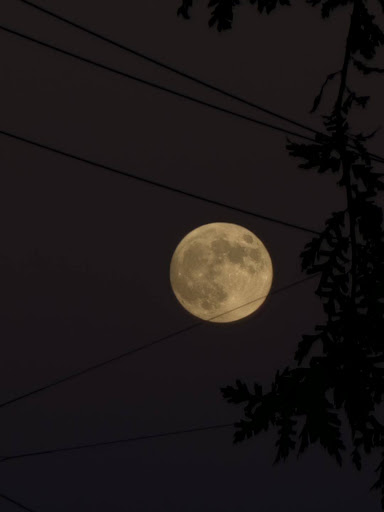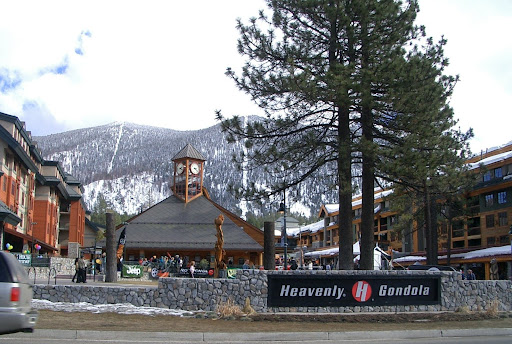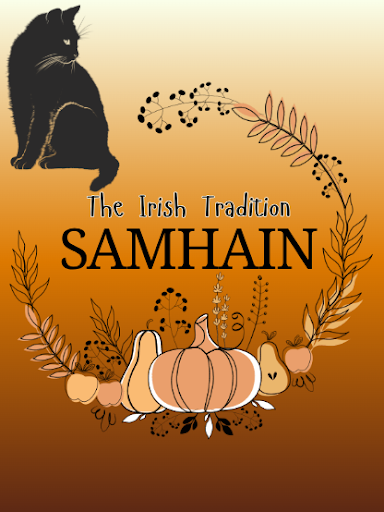It’s finally the Autumn Equinox, starting on Sep. 21, and many people, including witches and pagans love to celebrate it. But what is the Autumn Equinox, why is it also called Mabon (MAY-bon), and how would one celebrate it? It’s best to dive into the history of it before anything else.
The History Of Mabon
Across many cultures, the time of the Autumn Equinox has been filled with festivals that celebrate the second harvest, a crucial period for gathering resources before winter. The name “Mabon” was introduced to the witch’s wheel of the year in the 1970’s by Aiden Kelly, co-founder of the New Reformed Orthodox Order of the Golden Dawn.
He chose the name from Welsh mythology–Mabon ap Madron, which means “Son of the Mother,” reflecting themes of release, liberation, and balance.
What is the Autumn Equinox
The equinox marks a moment when day and night are nearly equal, symbolizing a cosmic balance of light and dark. It is a time to celebrate the gathering of crops and express gratitude for the abundance of the Earth. It also signals the transition from summer to autumn.
Some people like to celebrate it for multiple days starting on Sep. 21. The “Mabon” tradition is usually described as the “Pagan Thanksgiving” because they think of all they’re grateful for.
The colors, crystals, herbs, and symbols of the Autumn Equinox
Colors associated with Mabon include orange, brown, red, and gold. The color orange represents the harvest, warmth, and abundance, while brown can represent grounding and nature. Red is associated with the waning energy of the sun and the changing leaves, and gold represents the balance of light and dark. Some crystals that are associated with the Autumn Equinox include amber, citrine, jasper, and obsidian.
Herbs and flowers that are associated with the Autumn Equinox are sage, rosemary, thistle, and marigolds. The cornucopia is a big part of this celebration, along with the wheat sheaves, apples, and scales.










